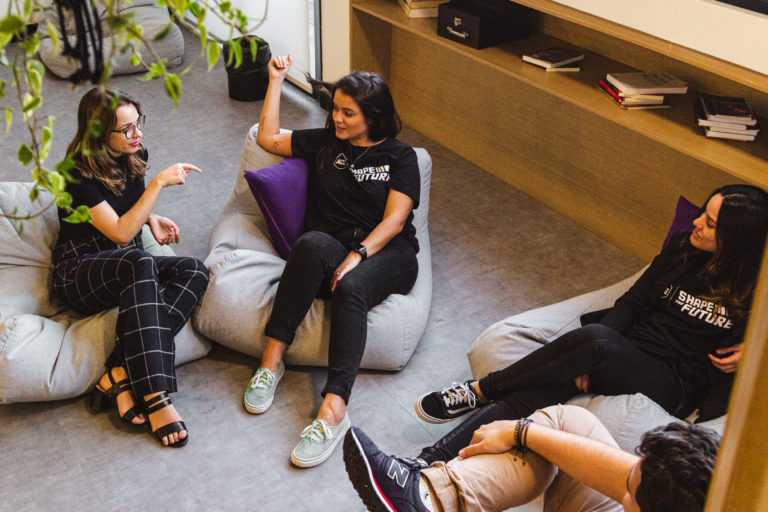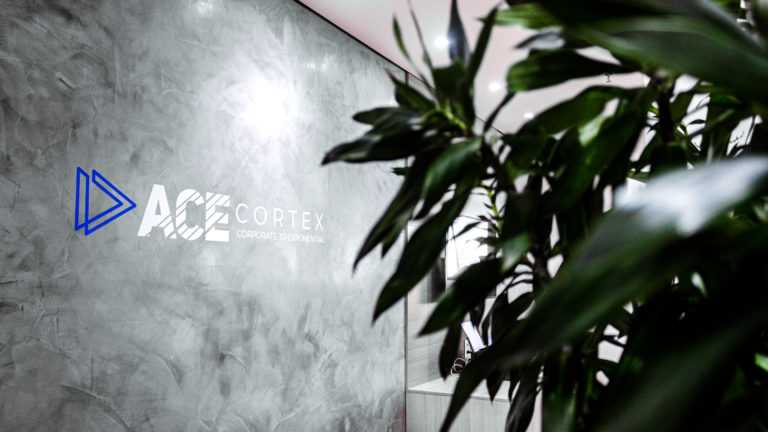In the journey of fundraising of a startup, one of the first stages of maturity and investment is what we call the Seed Stage - or, the seed capital phase. This step is crucial in an entrepreneur's journey. In it, he has the mission of proving that, in addition to having found a solution to a problem (problem-solution fit), your product is suited to market demands (product-market fit, where institutional investors usually enter).
There are some theories that subdivide the Seed stage into several micro-stages, such as Pre-Seed. But at ACE we consider all pre-Series A contributions as Seed. An entrepreneur can seek capital from angel investors, accelerators, investment companies, and even more traditional VC funds.

> Learn more about the ACE Startups methodology
The Seed Stage in Brazil hardly occurs in a single round. In general, it is more common for a startup to require three to four rounds of seed capital before reaching a Series A. A typical journey at this stage does not escape much of the steps below:
Problem-Solution Fit and the first contribution:
Founders use equity and capital from friends / family (FFFs). They often act like angels, to find the problem they solve and create the MVP (Minimum Viable Product). After exploratory validation and the first sales, they start a slightly more professional recruitment process to validate the go-to-market (Market-fit).
The team needs to grow, especially the product and personnel team for the commercial front (retention of early adopters / CS). The first deck is set up and the focus is on a few groups of angels, accelerators and even equity crowdfunding platforms.
Because they are still in an early stage, it is common for the premises of Problem-Solution fit to “fall apart”, and one (or more) pivots happen after this first professional investment occurs.
Growth pains vs. funding: the bridge
As sales increase, churn also increases considerably. The cashier starts to shorten. Some hired professionals do not show cultural fit, they are fired and sales and product areas need to be reassembled from scratch.
THE runway shortens, but at the same time the uncertainties are reduced. New niches are found and product features are constantly iterated with users. New convictions are created, some investors from the previous round follow-on, and other angels and some funds specializing in seed capital become part of the Cap Table structure;
After several conversations of this new roadshow, some startups understand that a “final leg” is missing to demonstrate the Product-Market fit (Problem Solution Fit + Market Fit) with facts and data.
It is at this point that some entrepreneurs carry out a new round with angel investors and seed capital funds for this phase, also called bridge investment up to Series A.
Obviously, generalizing the journey above would be rather light.
In some cases, the entrepreneur manages to skip some pivots and accelerate your Market Fit process with one or two rounds, reaching a Series A with a more efficient “burn rate” with less dilution.




